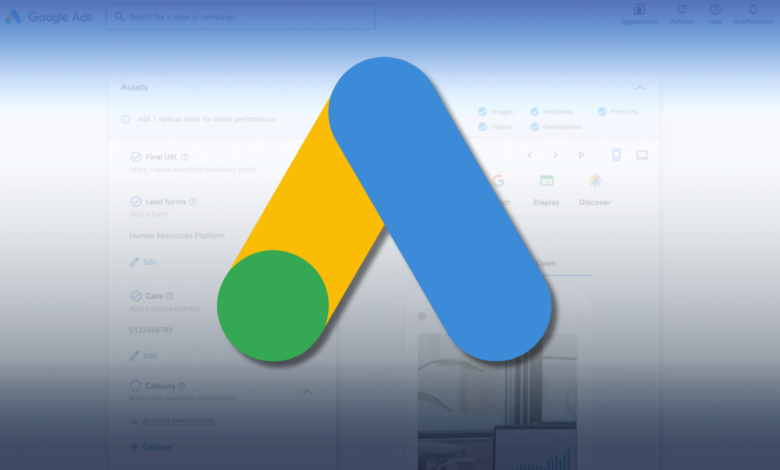Is Google’s AI Max Search Actually Working?

▼ Summary
– AI Max for Search is designed to capture incremental conversions by expanding reach through broad match logic and keywordless matching, not by replacing existing keyword setups.
– It combines dynamic creative optimization with landing page crawling to match user intent more precisely, while existing keywords take priority for queries they already cover.
– The tool bundles features like broad match, dynamic search ads, and Final URL expansion into one system with enhanced controls and new search-term reporting for better transparency.
– Performance impact varies by advertiser: users of phrase/exact match see the biggest lift, while heavy broad match or DSA users experience smaller gains or improved efficiency.
– Google advises evaluating AI Max based on total campaign performance and incremental lift using A/B testing, rather than comparing individual match types in isolation.
The rollout of Google’s AI Max for Search in beta has advertisers examining its performance and interaction with established keyword strategies. Google Ads Liaison Ginny Marvin has stepped forward to clarify the tool’s purpose and functionality, emphasizing that it is engineered to capture additional conversions or conversion value rather than replace current keyword configurations. This system broadens reach by applying broad match logic and keywordless matching, similar to how Dynamic Search Ads scan landing pages. It also incorporates dynamic creative optimization, adjusting text and Final URLs to align more accurately with user intent. Crucially, when a search query matches an existing keyword, that keyword retains priority, while AI Max focuses on attracting entirely new queries that would otherwise go unnoticed.
Some may wonder if AI Max is simply a rebranding effort. In a way, it is, but with meaningful enhancements. It combines broad match, Dynamic Search Ads, auto-generated text assets, and Final URL expansion into a unified system. New additions include ad-group-level controls for locations and brands, plus updated search-term reporting that reveals which creative and landing page were used. Additional capabilities, such as text guidelines, are expected soon. According to Marvin, integrating these components aims to improve their collective performance beyond what they achieve individually.
Your current campaign setup will influence what to expect from AI Max. Advertisers relying mostly on phrase or exact match keywords are likely to see the most significant gains, as AI Max extends coverage through broader and keywordless matching. Those already making heavy use of broad match may experience smaller expansion, since much of that reach is already in place. Dynamic Search Ads users will encounter less keywordless expansion but benefit from improved performance driven by asset-based signals not available in standard DSA. For advertisers focused on Performance Max campaigns, AI Max introduces PMax-style matching to Search, and Google reports that many still achieve incremental growth.
It’s important to understand why cost-per-acquisition or return on ad spend might appear different with AI Max. This tool specializes in capturing incremental conversions, which often come at a higher cost compared to those from carefully targeted keywords. Google advises against evaluating match types in isolation; instead, consider whether the entire campaign delivers more conversions or value while meeting your target CPA or ROAS.
For advertisers, the key takeaway is that AI Max is designed to uncover additional demand that current keywords miss, potentially increasing conversions and revenue without requiring a complete campaign overhaul. It unifies broad match, Dynamic Search Ads, and dynamic creative into one system, offering improved controls and reporting for greater transparency. With built-in A/B testing, advertisers can confirm whether performance improvements are real, not just assumed.
To measure incremental lift accurately, Google now provides AI Max experiments, which split traffic into control and treatment groups for true A/B testing. Keep in mind that brand settings and location controls are not yet supported in these experiments, though Custom Experiments can be used for such tests. Also, disregard the learning period when analyzing results to get a clear picture of performance.
In summary, AI Max aims to capture new, relevant demand that your keywords currently overlook. Success should be measured by focusing on campaign-level incremental growth, more conversions or conversion value at your target efficiency, rather than comparing individual match types. Google has indicated that more features are in development and encourages ongoing testing and feedback from the advertising community.
(Source: Search Engine Land)